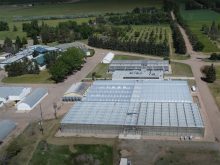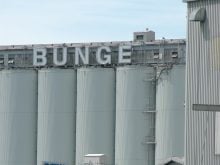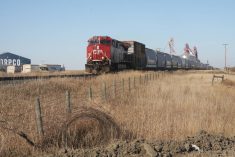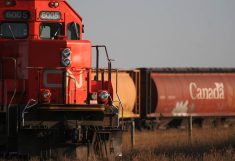Alberta premier Ralph Klein provoked a renewed debate last week about how to deal with older cattle that are more prone to BSE infection when he suggested a cull of older cattle would be a good idea.
He said getting cattle out of the herd that were alive before the 1997 ban on cattle feed containing ruminant protein would be a good signal to consumers and foreign buyers that the highest-risk animals are gone.
He also suggested the culled cattle be sent into the food system rather than destroyed.
Read Also
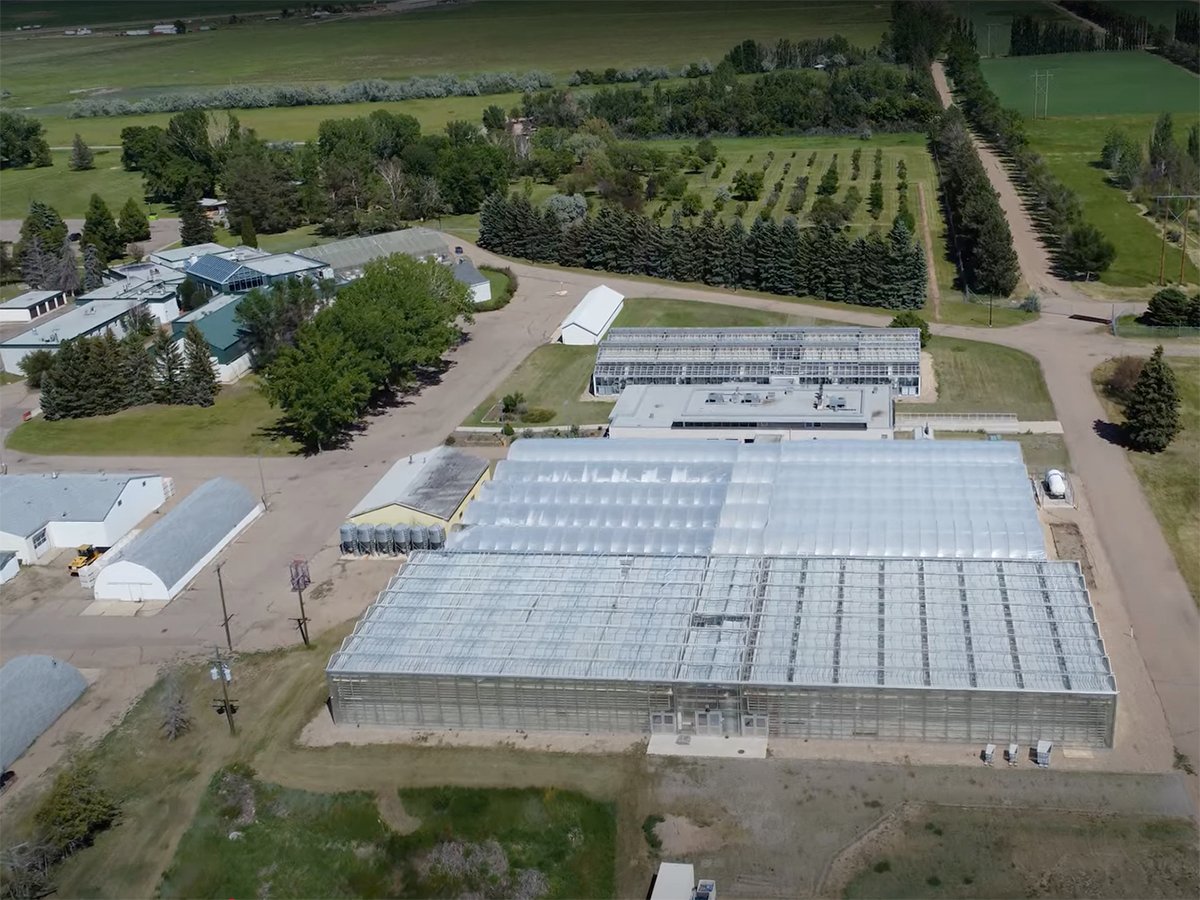
Alberta crop diversification centres receive funding
$5.2 million of provincial funding pumped into crop diversity research centres
“Would I order a cull? No,” he told CBC television Jan. 14. “Do I think a cull is necessary? Yes, based on the information I have. How that cull takes place is entirely up to the industry and the scientific community.”
After early negative reaction from the industry, he backed away from the image of a mass cull and animal destruction.
Cattle sector leaders, joined by government officials, quickly said a cull is not being considered. It is not scientifically justified.
“We are certainly not supporting that,” Canadian Cattleman’s Association president Stan Eby said. “We feel our incidence of BSE in the herd is extremely low and a mass cull would be unjustified and send the wrong signal. There is a perception issue here.”
A mass cull would imply a mass risk.
National Farmers Union president Stewart Wells said his organization would approve a cull of older animals only if the meat was going to food aid or food banks. The NFU also supports mandatory BSE testing for older animals.
Klein at first said he supported a cull of older animals, raising the spectre in some quarters of the British scenario of cattle killed and buried or incinerated.
The premier said that was not his intention.
“At no time did I say there should be a mass slaughter of cattle.”
He said older animals should be processed for sale as safe beef products, despite the industry warning that there is not enough packing and processing capacity to handle such an influx of older animals on top of existing stock in the system.
Canadian Food Inspection Agency chief veterinarian Brian Evans estimated there are as many as one million cattle born before the 1997 feed ban. Cattle born in the months after the ban but before all the pre-ban feed was used up could add hundreds of thousands more to that total.
Eby said the processing system is already dealing with older animals and the pre-1997 herd could be out of the system within 18 months if they all were brought to market.
“I think the market is dealing with this without something as drastic as a mass cull.”


